The Galileo Telescope: A Revolutionary Step in Astronomy
The invention of the Galileo telescope in the early 17th century forever changed the way humanity understood the universe. Before its creation, the stars, planets, and celestial bodies were seen only as tiny specks of light. With the telescope, Galileo Galilei not only magnified the heavens but also magnified human curiosity and scientific discovery. This article explores the history, features, and impact of the Galileo telescope, as well as why it is remembered as one of the greatest scientific instruments in history.
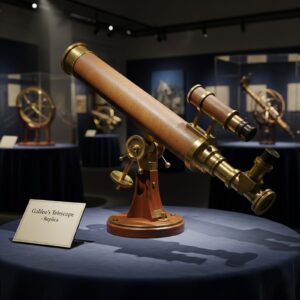
The Birth of the Galileo Telescope
In 1609, Galileo Galilei, the famous Italian astronomer, heard of a device invented in the Netherlands that could make distant objects appear closer. Inspired, he improved upon the original design and constructed his own version, which later became known as the Galileo telescope.
Unlike the earlier spyglasses, Galileo’s telescope offered up to 20x magnification, which was groundbreaking at the time. With this instrument, he was able to conduct detailed astronomical observations that challenged the traditional geocentric (Earth-centered) view of the universe.
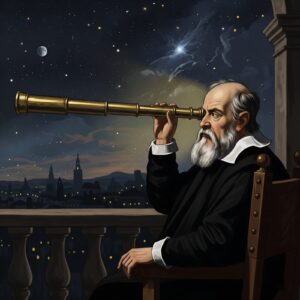
How the Galileo Telescope Worked
The Galileo telescope was a type of refracting telescope, meaning it used lenses to bend light and magnify images. The design included:
- A convex objective lens to gather light.
- A concave eyepiece lens to magnify the image.
Though simple by today’s standards, this design allowed Galileo to achieve remarkable clarity. However, it also suffered from a limited field of view and chromatic aberration. Still, the telescope was powerful enough to transform the study of astronomy.
Galileo’s Discoveries with the Telescope
Using his telescope, Galileo made several groundbreaking discoveries that redefined astronomy:
- Mountains on the Moon – He observed that the Moon’s surface was not smooth but covered with mountains and craters.
- Moons of Jupiter – Galileo discovered four moons orbiting Jupiter (Io, Europa, Ganymede, and Callisto), now known as the Galilean moons.
- Phases of Venus – The phases of Venus provided strong evidence against the Earth-centered model and supported Copernicus’ heliocentric (Sun-centered) theory.
- Stars of the Milky Way – What looked like a cloudy band to the naked eye was revealed as countless stars.
- Sunspots – Galileo observed dark spots on the surface of the Sun, challenging the belief in celestial perfection.
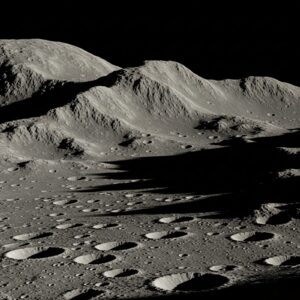
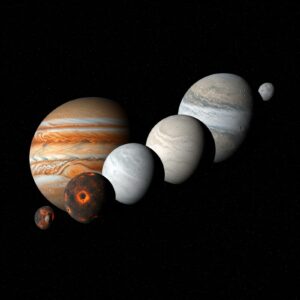
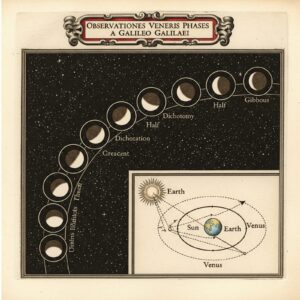
These discoveries provided undeniable evidence that the Earth was not the center of the universe, shaking centuries-old beliefs and giving rise to modern astronomy.
Impact on Science and Society
The Galileo telescope not only advanced astronomy but also transformed human thought. His findings challenged the teachings of the powerful Catholic Church, which strongly opposed the heliocentric model. Galileo’s bold defense of his discoveries eventually led to his trial and house arrest.
However, his telescope and writings inspired countless scientists and thinkers, laying the foundation for future discoveries by astronomers like Johannes Kepler and Isaac Newton.
The Legacy of the Galileo Telescope
Today, the Galileo telescope is remembered as one of the most important scientific tools in history. While modern telescopes like the Hubble Space Telescope and James Webb Space Telescope are far more advanced, Galileo’s work reminds us that science progresses one step at a time.
Replica models of the telescope can be seen in museums worldwide, inspiring new generations of students, scientists, and stargazers. His invention marks the beginning of observational astronomy—the practice of studying the universe directly through instruments.
Modern Relevance
Why is the Galileo telescope still important today?
- It represents the spirit of curiosity and innovation.
- It shows how a simple invention can completely reshape human knowledge.
- It continues to inspire astronomers and space enthusiasts who explore the skies with powerful telescopes.
Even as we send space telescopes to observe galaxies billions of light-years away, the story of Galileo reminds us of the humble beginnings of astronomical exploration.
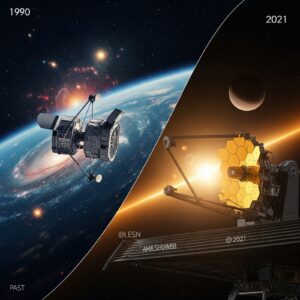
Conclusion
The Galileo telescope was not just an instrument—it was a symbol of human curiosity and courage. With his telescope, Galileo proved that knowledge could overcome tradition and that science could challenge authority. His discoveries about the Moon, Jupiter, Venus, and the stars laid the foundation of modern astronomy.
Four centuries later, the legacy of Galileo and his telescope continues to inspire humanity to look up at the sky and wonder.

